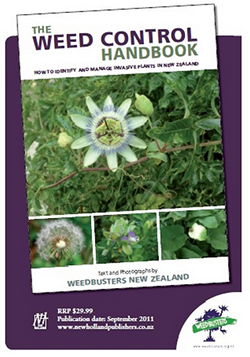
For recommendations on control for individual species, use our weed search.
In addition to knowing the techniques, successful weed control in the long term requires a good plan of attack. This involves deciding what to tackle first, ensuring you do not try to do too much at once and can complete the follow-up work, and knowing the end ground cover you are aiming for (to suppress germination and infestation by other weeds – Weeds love bare ground!).
Check out this great planning template from the Auckland Council website…
Manual removal is usually best for the environment, but it is not always feasible, depending on the species and the scale of the infestation. Herbicides, when used correctly, are an excellent tool. Opt for low herbicide use methods first and wide use of herbicide only where necessary. Treat weeds as a resource for your soil and mulch and compost on site where possible.
When using any herbicide or pesticide, PLEASE READ THE LABEL THOROUGHLY to ensure that all instructions and safety requirements are followed.
Weed Action recommends being trained in the safe handling and use of agrichemicals. Even if you have used chemicals for years, there is still much that you can learn from these courses. Check out http://www.growsafe.co.nz for more information, or contact Weed Action
Technique
Technique
Technique
Save
Save
Save